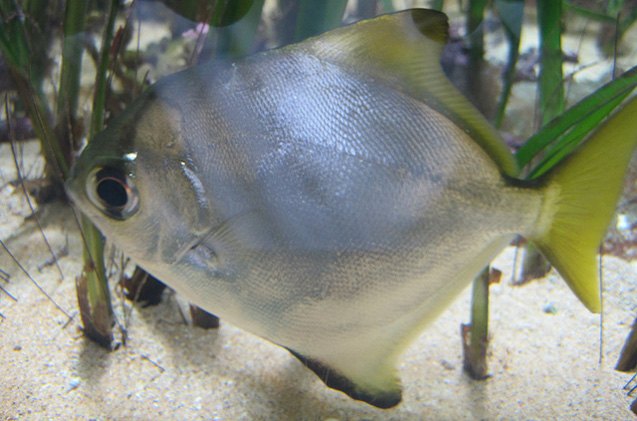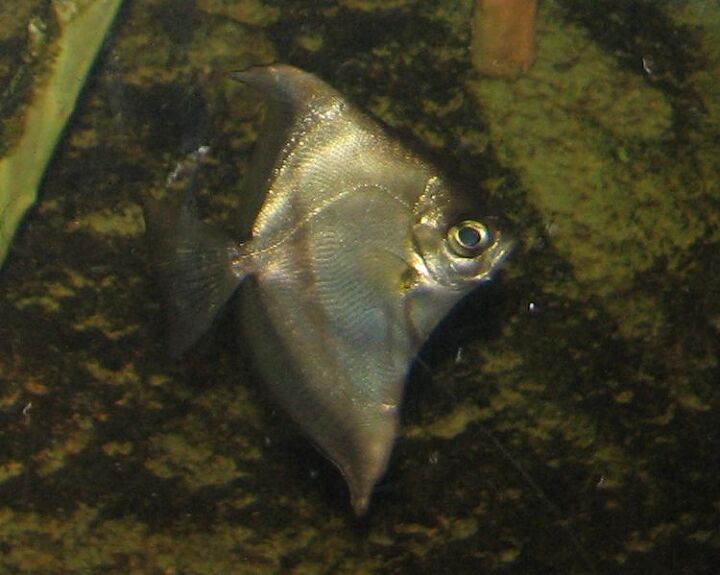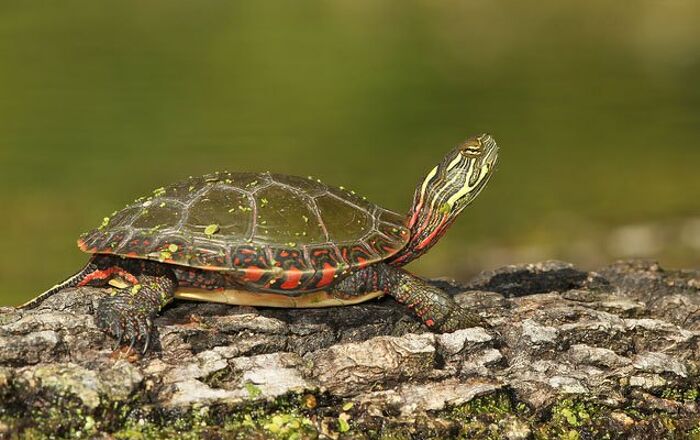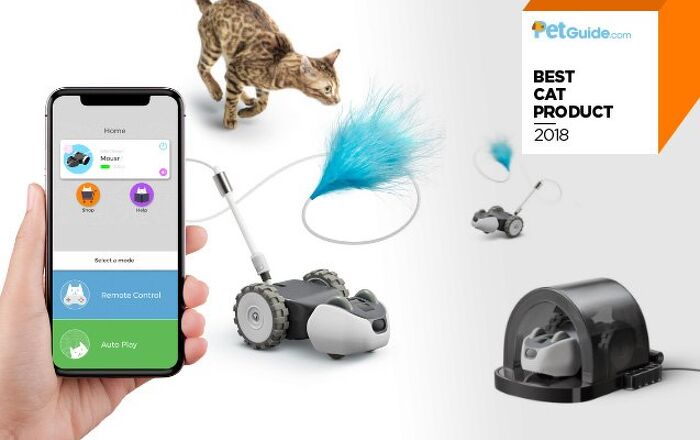
Mono General description
Also known as the Malayan Angel and fingerfish, the mono is a beautiful species of brackish water fish. Monos are characterized by their compressed, diamond shaped bodies and yellow dorsal and anal fins. They also have two vertical black lines which run across their eyes and front half of the body. Due to their unique shape and fairly hardy nature, Monos have achieved a great deal of popularity among aquarists the world over.
Also known as the Malayan Angel and fingerfish, the mono is a beautiful species of brackish water fish.
Origins
Monos originate from the estuaries and mangroves of Africa, Asia and Australia.
Color
Monos have silver colored bodies. Their large dorsal and anal fins are yellow colored with a black outline.
Maintenance and care

While some aquarists keep monos in freshwater aquariums, they do best when kept in brackish water. As monos mature in age they require higher levels of salinity and specific gravity in the aquarium. Thus a tablespoon of marine salt should be added to the mono aquarium every month during water changes.
In the wild monos swim in large shoals and do best in the aquarium when kept in large shoals of 12 or more. While monos can grow up to 12 inches in the wild, they often only reach 8 or so inches in captivity. However, they are active swimmers and prefer to chase each other around in groups, so should be provided with a fairly large aquarium. Monos also prefer aquariums with plenty of plant cover and drift wood that creates adequate hiding places for them. The mono’s aquarium substrate should be relatively soft.
Monos are also a very peaceful species of fish and make excellent additions to most community brackish water aquariums.
Feeding
Monos are omnivores and will readily accept a wide variety of foods. They should be fed on a varied diet of live foods, frozen foods, vegetable matter and pellet or flake based foods.
While some aquarists keep monos in freshwater aquariums, they do best when kept in brackish water.
Breeding
Monos have never been bred in an aquarium environment.
Photo credit: Joel Abroad/Flickr; Ltshears/Wikimedia















